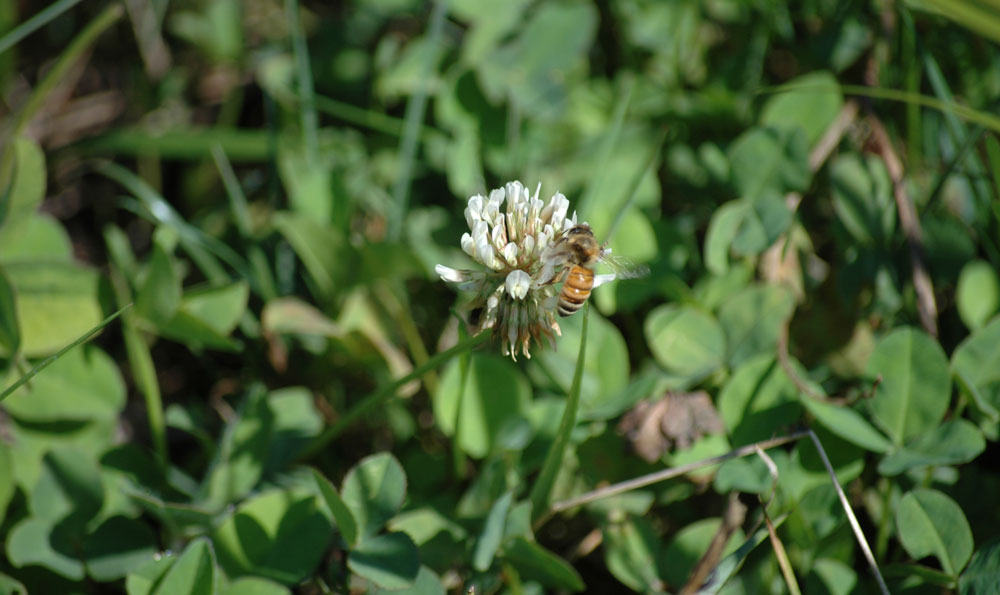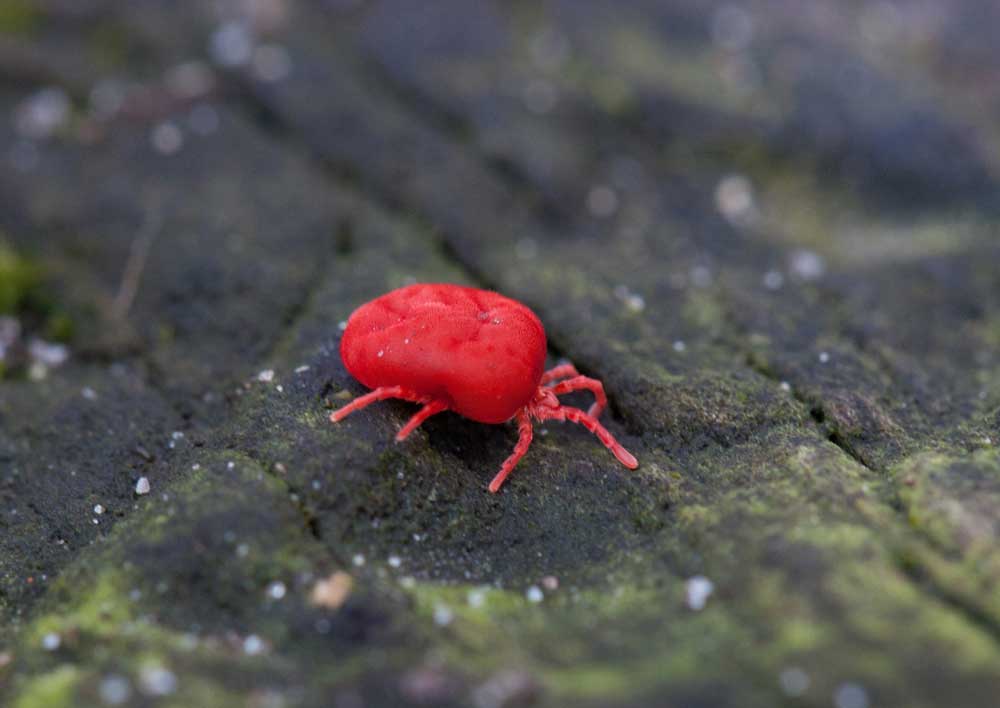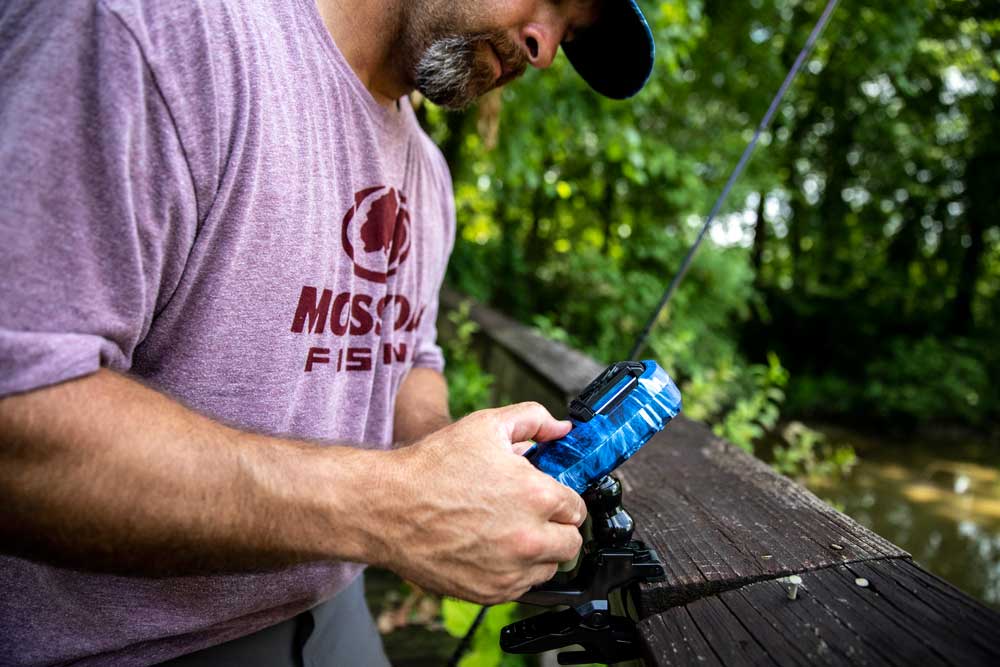Thousands of Americans experience insect and arachnid bites and stings every day. During any outdoor activity, whether hunting, camping, fishing or hiking, your risk increases significantly. Identifying bites and stings can help you determine the best treatment options.
Most insect bites and stings can be a minor nuisance when engaging in outdoor activities, such as backcountry camping. Others are painful or can cause intense itching for days. Some are potentially lethal or can transmit life-threatening viruses and parasites.
Insects bite for two primary reasons: to feed on prey animals and to defend against attack. Insects also sting to paralyze and kill prey. Here are some of the most common insects that bite and how to identify bug bites.
Mosquitoes
Perhaps the most common and reviled biting insect in the world, there are species of mosquitoes on every continent except Antarctica. Most Americans experience mosquito bites as itchy and uncomfortable, but the bite is otherwise harmless and heals relatively quickly.
However, mosquitoes are also some of the deadliest disease vectors, spreading anything from malaria and dengue fever to the West Nile virus. While most mosquito bites in the United States are benign, if you develop symptoms consistent with the West Nile virus, such as body aches, joint pains, vomiting, diarrhea or rash, seek immediate medical attention. Under most circumstances, mosquito bites appear as round, red, hard bumps.
There are several effective remedies for the itching that typically follows a mosquito bite. These include antihistamine, hydrocortisone and calamine lotion. Avoid scratching the area, as this may lead to permanent scarring.
Bees and Wasps
The honey bee is an important part of the ecosystem, playing a vital role in pollination and producing honey. Bees don’t bite, as they lack the necessary mouthparts to cause tissue damage — instead, bees sting. The stinger contains multiple barbs that prevent the bee from retracting it. As a result, when the bee attempts to remove the stinger, it ruptures its abdomen, killing it. The stinger remains behind, embedded in your skin.
The most common experience is sharp pain and localized redness and swelling. If you are allergic to venom, there is a risk of severe complications, including anaphylactic shock. Fortunately, honey bees are generally docile and won’t sting unless handled or threatened.

If you are stung by a honey bee, your priority should be to remove the stinger. Use the edge of a credit card or your fingernail to scrape out the bee’s stinger. Never pull it out using tweezers, as it breaks off or injects more venom. It’s important to act quickly, as the stinger may still be injecting venom despite detaching from the bee’s body.
On the other hand, wasps are aggressive and territorial; unlike honey bees, they can sting repeatedly.
Fire Ants
The sting of a fire ant can be intensely painful, causing a burning sensation at the site, followed by redness, swelling and a raised bump. Within a day, these red bumps may form fluid-filled pustules. Resist the urge to scratch these, as they may become infected.
As with other types of stings where removal isn’t necessary, the best treatments are topical. An aloe vera cream or ointment containing a topical anesthetic, such as benzocaine, can provide rapid relief.
Although causing pain and discomfort, the fire ant’s sting is usually not a cause for concern. As with honey bee stings, if you’re allergic to fire ant venom, you may be at increased risk of developing anaphylaxis, which requires immediate medical intervention.
Chiggers
The chigger is the larval stage of the Trombicula alfreddugesi species of mite. Red and typically less than ⅕ of a millimeter in diameter, the chigger is barely visible to the naked eye. These miniature arachnids leave bites, which appear as raised red welts, that can cause severe itching for days. Chiggers prefer warmer seasons and climates and hitch a ride when an unsuspecting person travels through dense foliage or tall grass.
Contrary to popular myth, chiggers do not burrow into the skin, suck blood or lay eggs in the wound site. The chigger, instead, pierces and injects digestive enzymes into the skin, breaking down cells for consumption. The chigger then extracts this digested tissue through a channel formed by hardened skin cells called a stylostome.
Chiggers seek parts of the body that are warm and where clothing fits close to the skin. You can expect to find bites on the ankles, groin and armpits.

If you travel through chigger-infested areas, taking a hot shower can wash away any chiggers remaining on your body. Also, wash your clothing in hot water as a precaution. Itching and discomfort can be intense for the first few days. Treat the bites the same way you would other types of bites: topical anti-inflammatory corticosteroids (e.g., hydrocortisone), antihistamine ointments and analgesics, such as benzocaine. Don’t scratch chigger bites.
Ticks
While chigger bites are mostly a nuisance, they’re not toxic nor act as a disease vector. Tick bites are another matter entirely. Most tick bites are relatively harmless, but certain ticks can transmit tick-borne disease, transmitting harmful bacteria, viruses and parasites. Two of the most common diseases that ticks cause in the United States are Lyme disease and Rocky Mountain Spotted Fever (RMSF). The tick, a parasitic arachnid, attaches to the host animal and feeds on blood.
It's important to do what you can to avoid ticks. If you hunt, camp or travel in tick-infested areas, it’s generally good advice to wear clothing that covers your arms and legs. Avoid wearing loose-fitting clothing or open-toed shoes, as ticks seek warm locations. You should periodically examine your clothing and equipment for ticks, and checking yourself in the mirror when you return is also good practice. If you hunt or hike with a dog, you should also check the animal’s fur.
When finding a tick on your body, remove it without detaching the head or mouthparts. Using a pair of tweezers, grip the tick as close to the surface of the skin as possible. Extract it while applying consistent pressure. Once you’ve removed the tick, ensure it’s dead by submerging it in isopropyl alcohol. Clean the wound site with soap and water. You should also examine the wound site with a magnifying glass for remaining parts.
It’s generally a good idea to consult a doctor to ensure that you haven’t been infected with a tick-borne disease.
Preventative Measures
While treating insect bites follows a general pattern, the best remedies are preventative. One of the most effective ways of preventing insects from biting or stinging is to apply insect repellent to your skin, clothing and equipment. Insect repellents are commercial-grade chemical or plant-based pesticides and include the following:
- DEET - Developed by the USDA for the U.S. Army during World War II, DEET, or diethyltoluamide, is one of the most common ingredients in insect repellents and is effective against everything from mosquitoes and ticks to chiggers.
- Picaridin - Available in a spray or cream form, picaridin, also called icaridin, is effective against everything from mosquitos to flies.
- Oil of Lemon Eucalyptus (OLE) - An essential oil, insect repellents that use this ingredient appeal to those who would prefer a more natural alternative.
Before you set out into the woods, pack a mosquito repellent for hunting and apply it consistently, paying attention to the listed duration of effectiveness. Be aware, however, that insect repellents, even when labeled as unscented, may still be detectable to game animals.
Stay Safe Outdoors
Insects that bite and sting are a part of everyday life for those who camp, hunt, hike and fish. While causing discomfort, pain and itching, most bites and stings are relatively harmless and can be treated with over-the-counter medications.
It’s worth learning how to identify these bites so that you can treat them effectively. In some cases, bites and stings can be dangerous, especially if you’re allergic to the venom. If you’re susceptible to experiencing anaphylaxis, you should carry an epinephrine auto injector with you and call emergency services immediately in the event of an allergic reaction.
Mossy Oak Wellness products are designed with that singular goal - to help you get the most from your time outdoors. Our passion for helping people get closer to nature has led us to develop innovative, new products built to not only motivate and inspire you to pursue your best life outdoors but to help you feel better while you’re out there.






























